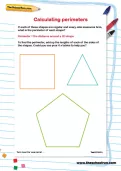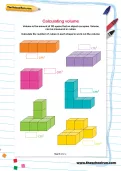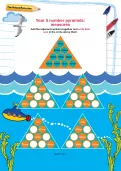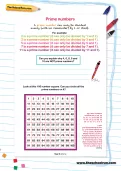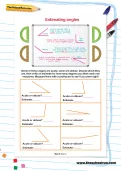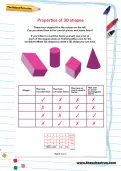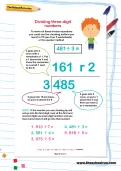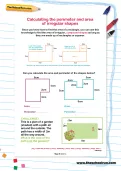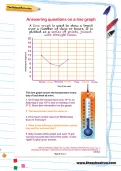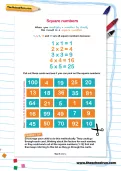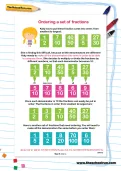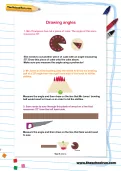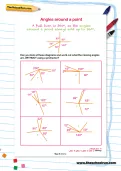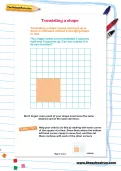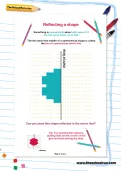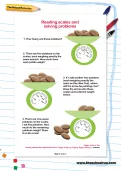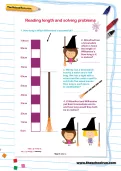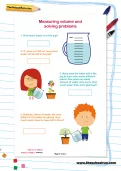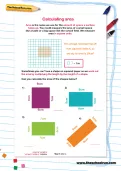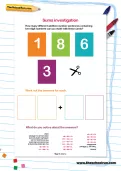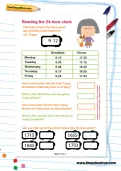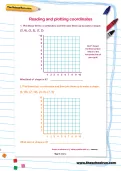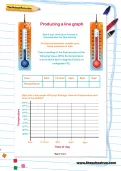Important update from TheSchoolRun
For the past 13 years, TheSchoolRun has been run by a small team of mums working from home, dedicated to providing quality educational resources to primary school parents. Unfortunately, rising supplier costs and falling revenue have made it impossible for us to continue operating, and we’ve had to make the difficult decision to close. The good news: We’ve arranged for another educational provider to take over many of our resources. These will be hosted on a new portal, where the content will be updated and expanded to support your child’s learning.
What this means for subscribers:
- Your subscription is still active, and for now, you can keep using the website as normal — just log in with your usual details to access all our articles and resources*.
- In a few months, all resources will move to the new portal. You’ll continue to have access there until your subscription ends. We’ll send you full details nearer the time.
- As a thank you for your support, we’ll also be sending you 16 primary school eBooks (worth £108.84) to download and keep.
A few changes to be aware of:
- The Learning Journey weekly email has ended, but your child’s plan will still be updated on your dashboard each Monday. Just log in to see the recommended worksheets.
- The 11+ weekly emails have now ended. We sent you all the remaining emails in the series at the end of March — please check your inbox (and spam folder) if you haven’t seen them. You can also follow the full programme here: 11+ Learning Journey.
If you have any questions, please contact us at [email protected]. Thank you for being part of our journey it’s been a privilege to support your family’s learning.
*If you need to reset your password, it will still work as usual. Please check your spam folder if the reset email doesn’t appear in your inbox.
Year 5 Maths worksheets
Free worksheets: Weights and measurements, KS2, Y5
You’ll need to login or Register first to access these worksheets for free.
Calculating perimeters
To find the perimeter of a shape you must add up the lengths of each of the sides. Can your child calculate the perimeters of these common shapes?
Calculating volume
Year 5 number pyramids: measures
Prime numbers
Estimating angles
Properties of 3D shapes
Dividing three-digit numbers
Calculating the perimeter and area of irregular shapes
Once you know how to find the area of a rectangle, you can use this knowledge to find the area of irregular, compound shapes as long as they are made up of rectangles or squares. Can you calculate the area and perimeter of the shapes below?
Answering questions on a line graph
Square numbers
Ordering a set of fractions
Drawing angles
Angles around a point
A full turn is 360 degrees, so the angles around a point always add up to 360 degrees. Can you look at these diagrams and work out what the missing angles are, WITHOUT using a protractor?
